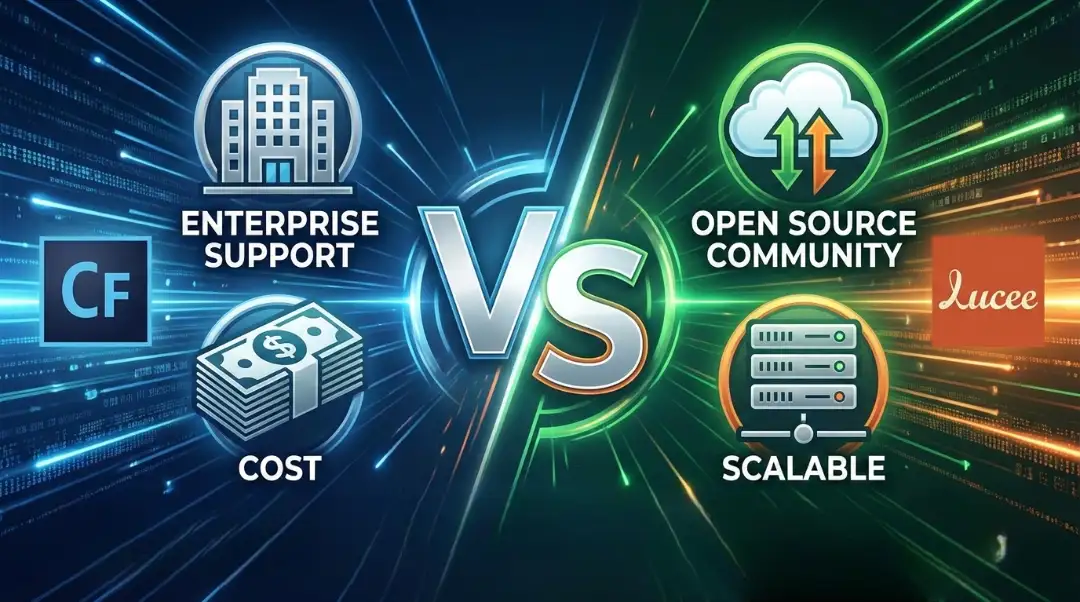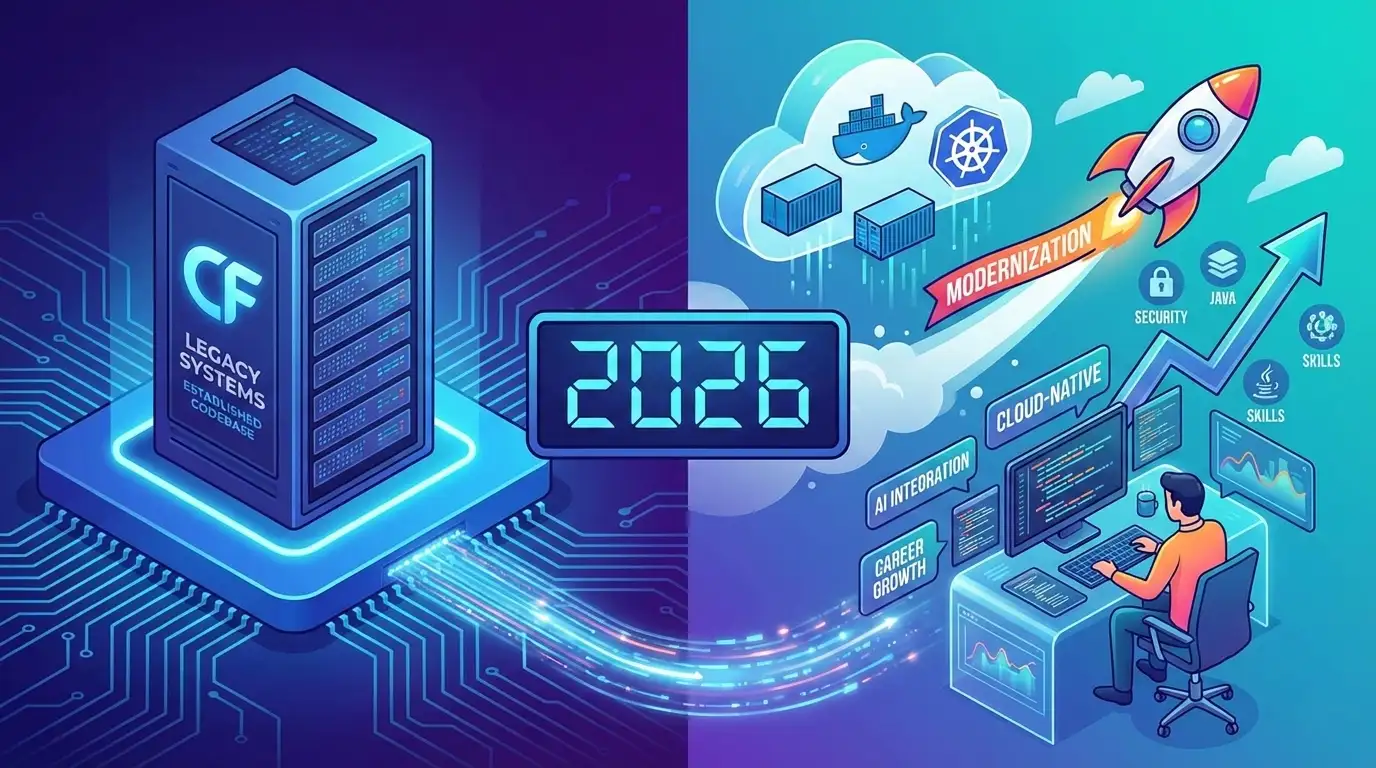Upgrading an Older Front-end Project to Modern Technology Smoothly: A Guide

Developing software has always been a challenging endeavor, but the nature of those challenges has evolved over time. Decades ago, complexity primarily stemmed from the technical intricacies of managing computer resources and optimizing performance. However, As technology continues to advance, the landscape of custom software development has shifted towards prioritizing the business value of products, presenting new challenges in managing legacy code amidst evolving standards. Frontend development, in particular, has seen rapid evolution, leading to the dilemma of managing legacy code in the face of constantly evolving standards.
In this guide, we'll explore strategies for upgrading older frontend projects to modern technology seamlessly. Drawing from the article "How to Migrate an Old Front-end Project to Modern Technology Without Disrupting Production," we'll delve into practical approaches and best practices for navigating this transition.
Understanding the Legacy Code Problem
Frontend developers often find themselves at a crossroads when dealing with legacy code. The rapid pace of frontend technologies renders code outdated quickly, presenting a challenge: refactor existing code to modern standards or continue developing new features. Striking a balance between maintaining existing functionality and leveraging modern technologies is crucial for product evolution.
Enterprise-Level Approach vs. Small Teams Approach
The enterprise-level approach typically involves dividing software into modular components, a concept as old as software development itself. While microservices have revolutionized backend development, similar principles can be applied to frontend with micro frontends. However, this approach may be better suited for larger teams due to increased overhead.
For smaller teams tasked with supporting legacy projects, leveraging frontend technologies to minimize the use of legacy code is key. By setting up
interfaces between legacy and modern codebases, developers can gradually introduce new features without disrupting existing functionality.
Crossing the Boundaries: Strategies for Integration
Several strategies facilitate seamless integration between legacy and modern frontend codebases:
- Functions Invocation: Compile-time binding ensures compatibility between old and new code built with the same system.
- Interaction through Global: Defining a public interface allows old and new systems to exchange messages via method invocations or custom events.
- Frames: Useful for embedding modern components within legacy applications, facilitating communication through message passing.
- Webpack Techniques: Leveraging externals in webpack configuration enables seamless integration of global objects into modern codebases.
Real-Life Example and Practical Recommendations
Consider a scenario where a legacy Vue.js application written in CoffeeScript needs to integrate modern components built with TypeScript and webpack. By defining externals in webpack configuration and setting up interfaces between legacy and modern code, developers can seamlessly integrate new features without rewriting the entire application.
When approaching frontend migrations, follow these steps
- Evaluate the age of existing code and determine integration strategies.
- Define clear boundaries between old and new codebases.
- Implement changes incrementally, focusing on granular upgrades rather than wholesale rewrites.
Conclusion
Frontend development is a dynamic field, but fundamental JavaScript principles remain relevant. Upgrading legacy applications doesn't necessarily require rewriting every line of code. By strategically incorporating modern technologies and leveraging integration techniques, developers can breathe new life into legacy projects while ensuring scalability and maintainability. In the realm of frontend development, strategic integration of modern technologies can rejuvenate legacy projects without the need for rewriting every line of code, ensuring scalability and maintainability, even for specialized platforms like coldfusion development services.
FAQ
1. What is the front-end development process?
Frontend development involves building user-facing components such as the user interface, buttons, and websites to deliver a positive user experience.
2. What technologies are used in front-end engineering?
HTML, CSS, and JavaScript are the primary languages used in frontend development to create web pages and user interfaces.
3. Why is front-end development important?
Frontend development is crucial for creating cohesive user experiences and ensuring the aesthetic and functional integrity of websites and applications.
4. What is front-end migration?
Frontend migration involves updating legacy applications to modern standards, integrating legacy frontend technology into existing frameworks, or transitioning to new technologies seamlessly.


 ColdFusion vs Lucee: Which Is ....
ColdFusion vs Lucee: Which Is ....
 Is ColdFusion Still Relevant i....
Is ColdFusion Still Relevant i....
 ColdFusion Best Practices 2026....
ColdFusion Best Practices 2026....
 ColdFusion Maintenance in 2026....
ColdFusion Maintenance in 2026....
 ColdFusion Development Tips fo....
ColdFusion Development Tips fo....



Your Trusted Software Development Company